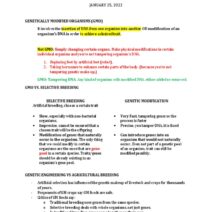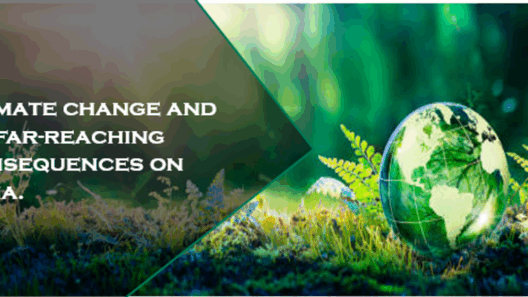The juxtaposition of droughts and downpours encapsulates a significant aspect of the climate crisis linked to global warming. This phenomenon demonstrates an alarming shift in weather patterns that many regions are experiencing as a consequence of rising global temperatures. The unpredictability of extreme weather contributes to a growing sense of unease among communities worldwide. Understanding the connection between climate change and these wildly fluctuating weather events is crucial for effective adaptation and mitigation strategies.
At its core, global warming stems from the accumulation of greenhouse gases in the atmosphere, primarily resulting from human activities such as burning fossil fuels, deforestation, and industrial processes. These gases trap heat in the atmosphere, leading to an overall rise in global temperatures. The Intergovernmental Panel on Climate Change (IPCC) has consistently reported that the Earth has warmed by approximately 1.2 degrees Celsius since the pre-industrial era, a change that has already translated into significant weather anomalies.
One of the most pressing observations tied to this warming is the increase in the frequency and intensity of both droughts and heavy precipitation events. A deeper analysis reveals that these phenomena are not merely coincidental but intricately linked through the mechanics of the Earth’s climate system. As temperatures rise, the atmosphere becomes capable of holding more moisture. This enhanced moisture availability means that when it does rain, the precipitation tends to be more intense, often resulting in flash floods and overwhelming water systems.
Conversely, higher temperatures can lead to more profound and prolonged droughts, particularly in regions that are already arid. The paradox here lies in the simple fact that while the atmosphere can hold more moisture, it can also create conditions where that moisture is effectively ‘sucked’ from the ground during excessively hot spells, causing soils to dry out and crops to fail. This dichotomy serves as a striking reminder of the precarious balance within ecosystems that can be easily disrupted.
Geographically, the effects of these altered weather patterns vary substantially. Areas such as the United States’ Southwest, which has traditionally faced arid conditions, are experiencing a consensus among scientists that droughts will become more frequent and severe. This region is characterized by its low annual precipitation, further exacerbated by prolonged seasonal droughts that can last for years. The consequences of these persistent droughts include failures in irrigation systems, wildfires, and a significant decline in water availability, contributing to agricultural challenges and potential food insecurity.
On the opposite end of the spectrum, regions such as Northern Europe and parts of the Southeast United States are witnessing increases in heavy rainfalls and flooding events. This juxtaposition highlights the uneven distribution of climate impacts, leaving some areas struggling to sustain their water supplies while others grapple with excess. Events such as hurricane-induced flooding have illustrated this phenomenon starkly; as ocean temperatures rise, the potential for hurricanes to gather strength and dump unprecedented rainfall increases. The destruction wrought by such storms has dire consequences for vulnerable communities, particularly in coastal areas.
Further exacerbating these challenges is the concept of feedback loops, which complicate the scenario even further. For instance, melting ice caps and glaciers contribute to rising sea levels, which in turn can increase the salinity of inland water sources, ultimately affecting freshwater supplies. This interaction not only poses immediate risks but endangers long-term ecological stability. The frequency of extreme weather events prompts a cycle of destruction, where recovery can take decades, leading to significant economic burdens on affected areas.
The responses to such rampant environmental changes must be multifaceted. On an individual level, awareness and preparation for these extreme weather events can make a significant difference. Communities should establish robust emergency plans, invest in sustainable water management systems, and enhance infrastructure to cope with both floods and drought conditions. These local initiatives can create resilience, but they must be supported by broader policy changes at the governmental level.
At the policy level, revisiting land use and urban planning regulations is imperative. Cities need to implement green infrastructure that can mitigate flooding through permeable surfaces and urban green spaces, while also conserving water during drought periods through efficient water-use policies. Legislation that prioritizes renewable energy, incentivizes carbon capture technologies, and promotes sustainable agriculture can greatly reduce greenhouse gas emissions and mitigate the impacts of climate change.
In conclusion, the climatic shifts characterized by droughts and downpours illuminate the complexity of global warming’s impacts on our planet. The interplay of moisture availability, heat retention, and geographical variability creates a tapestry of weather events that challenge our adaptability and resilience. It serves as a clarion call for immediate action, urging societies to address the underlying causes of climate change while simultaneously preparing for the effects it brings. By understanding and addressing these interconnected issues, we can foster a more sustainable future in the face of environmental uncertainty.








